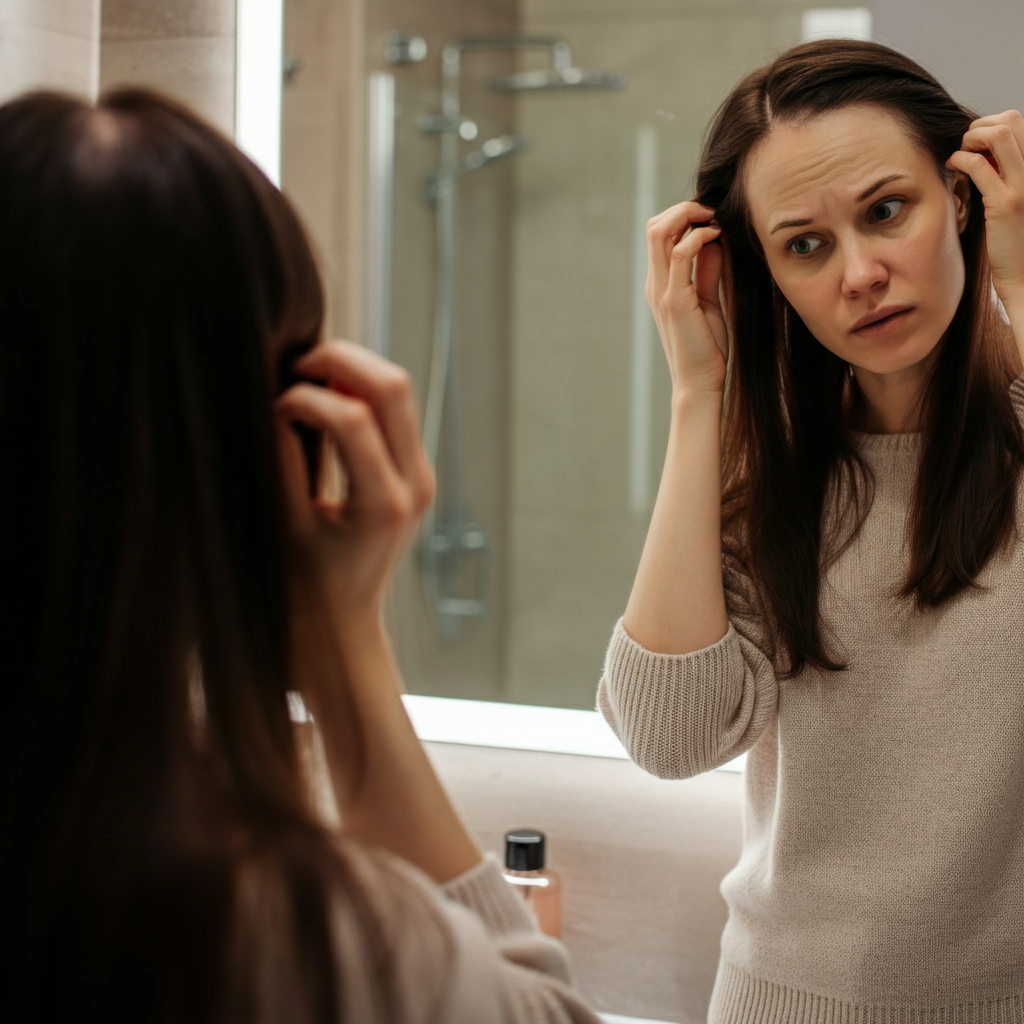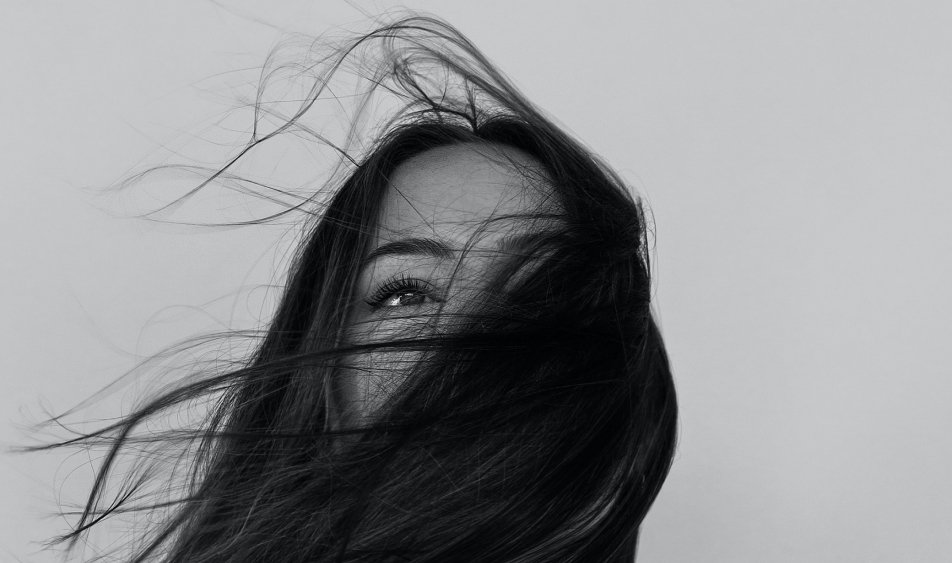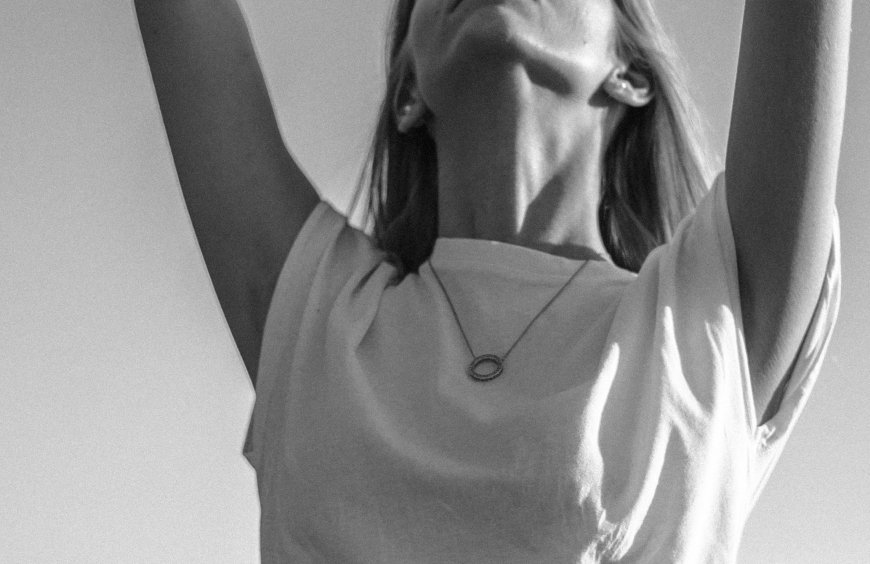
For many people experiencing hair loss, minoxidil presents a beacon of hope, offering a chance to regain hair and confidence. Widely recognized as an effective treatment, minoxidil stimulates hair regrowth and slows hair loss. But what happens when you decide to stop using it? Whether you’re weighing the pros and cons of continuing or are already in the process of discontinuing its use, understanding the aftermath can help you make an informed decision.
This article will explore the effects of stopping minoxidil, how it impacts hair growth, and what steps you can take to manage the transition.
What Is Minoxidil and How Does It Work?
Minoxidil is a topical medication often used to combat androgenetic alopecia, also known as hereditary hair loss. Originally developed to treat high blood pressure, it was discovered to have a side effect that proved beneficial for those dealing with hair loss—it promoted hair growth.
How Does It Work?
- Minoxidil enhances blood flow to hair follicles by dilating blood vessels in the scalp. This improved nutrient and oxygen delivery stimulates follicles and prolongs the anagen phase (the active growth stage of the hair cycle).
- By keeping follicles healthier and more active, minoxidil helps slow or stop hair thinning and encourages regrowth in dormant follicles.
But minoxidil’s effects aren’t permanent. Its ability to maintain hair growth depends on consistent, long-term use. This dependency begs the big question:
What happens when the treatment stops?
What Happens to Your Hair When You Stop Minoxidil?
The effects of stopping minoxidil can vary depending on individual circumstances, but the majority of users experience the following:
Shedding and Reversal of Results
When you stop applying minoxidil, your hair follicles naturally lose the stimulation that was promoting growth. Hair that grew or thickened during treatment may enter the telogen phase (the resting and shedding stage), leading to noticeable hair loss. This phenomenon is often referred to as “telogen effluvium.”
While this may feel alarming, it’s important to note that this shedding phase is temporary. Over time, your hair cycles normalize, although they may revert to their pre-minoxidil state.
Factors That Impact Post-Minoxidil Hair Loss
Several variables can affect the severity and timeline of shedding after stopping:
- Duration of Use: Long-term users may experience more noticeable effects after discontinuation compared to short-term users.
- Underpinning Hair Loss Conditions: Minoxidil does not cure the root causes of hair loss. Once stopped, these factors (e.g., genetics or hormonal imbalances) will resume influencing hair thinning.
- Consistency: Irregular use before stopping can already diminish its effectiveness, leading to faster hair regression.
Curious about how long shedding lasts? Let’s explore that next.
How Long Does the Hair Shedding Last After Stopping?
The timeline for hair shedding after discontinuing minoxidil typically unfolds over several stages:
- Weeks 2–8: You may start to see increased shedding during this period, as untreated follicles return to their natural growth cycle.
- Months 3–6: Hair shedding often peaks during this phase, and many users report noticeable thinning or loss. Studies suggest that hair density sometimes drops below baseline levels (where it was before starting minoxidil).
- Beyond 6 Months: Shedding becomes less pronounced, but untreated hair loss conditions will continue to progress if left unmanaged.
Can Anything Be Done to Manage Shedding?
The good news is that there are strategies to minimize the impact of discontinuation and even support hair health during this transition.
Can You Regrow Hair After Stopping Minoxidil?
Hair regrowth after stopping minoxidil depends largely on your hair loss condition and the steps you take after discontinuation.
Here are some tips for stimulating regrowth naturally or with alternative treatments:
- Try Different Treatments: Consider more permanent solutions like finasteride (a DHT-blocking medication), platelet-rich plasma (PRP) therapy, or even hair transplants if suited to your condition.
- Optimize Nutrition: Incorporate hair-friendly nutrients into your diet, such as biotin, zinc, and iron. Supplements like collagen can also help maintain scalp health.
- Stress Management: Stress is often linked to hair shedding. Practices like yoga, meditation, and adequate sleep can help regulate hair cycles.
- Use Essential Oils: Rosemary oil, peppermint oil, or other essential oils may naturally strengthen hair and stimulate growth.
- Explore Scalp Treatments: Non-invasive laser treatments and gentle massages can improve scalp blood flow and follicle nourishment.
Consistency is key, regardless of which approach you choose. Should you start minoxidil again, you might see regrowth, but discontinuation without alternatives can cause permanent loss of progress.
Is It Safe to Stop Minoxidil Cold Turkey?
Stopping minoxidil abruptly can intensify hair shedding. Experts recommend tapering off the treatment to reduce the shock to hair follicles.
How to Gradually Stop Using Minoxidil
- Reduce the application frequency slowly (e.g., from twice daily to once daily, then to every other day).
- Simultaneously introduce alternative hair loss solutions to maintain follicle stimulation.
- Monitor hair health closely during this transition and seek advice from a dermatologist if excessive shedding continues.
Think of this process as weaning your hair follicles off their reliance on minoxidil’s effects, allowing them to adapt more smoothly to the change.
Are There Alternatives After Stopping Minoxidil?
If minoxidil doesn’t align with your needs anymore, don’t worry. Several options can fill its role effectively:
- Medications
- Finasteride: An oral or topical DHT blocker that slows androgenetic alopecia.
- Ketoconazole Shampoo: Known for its antifungal properties, it can improve scalp health and reduce hair loss.
- Procedures
- PRP Therapy: Uses your blood platelets to rejuvenate dormant follicles.
- Low-Level Laser Therapy (LLLT): Non-invasive treatments that promote scalp circulation.
- Lifestyle Adjustments
- Scalp massages
- Balanced diets rich in omega-3 fatty acids
- Avoiding harsh chemical products and heat styling
Choosing the right option may require consultation with a trichologist or dermatologist.
Can Stopping Minoxidil Affect Your Confidence?
Hair loss isn’t just a physical change; it can have a profound emotional and psychological impact. For those who’ve used minoxidil to improve their hair and regain confidence, the thought of reversal can feel disheartening.
Building Resilience During the Transition
- Be Patient with the regrowth process, whether natural or through alternative treatments.
- Engage with a Community of individuals sharing similar experiences for support.
- Seek Professional Guidance from dermatologists or hair specialists who can personalize your hair care plan.
- Focus on Holistic Wellness, including stress management, nutrition, and practices for mental health.
Your confidence isn’t tied solely to your hair, even though it’s a vital part of your identity.
What’s Next After Stopping Minoxidil?
Deciding whether to stop minoxidil or continue using it long-term is a significant choice. If you’re leaning toward discontinuation, understanding what to expect and preparing alternatives can smooth the transition.
Consulting a dermatologist can provide clarity on the best approach for you, whether that’s weaning off minoxidil or pivoting to alternative treatments. The key is to stay informed, proactive, and patient throughout your hair care journey.
Have you stopped using minoxidil? Share your experiences or questions in the comments below to connect with others navigating similar paths!







